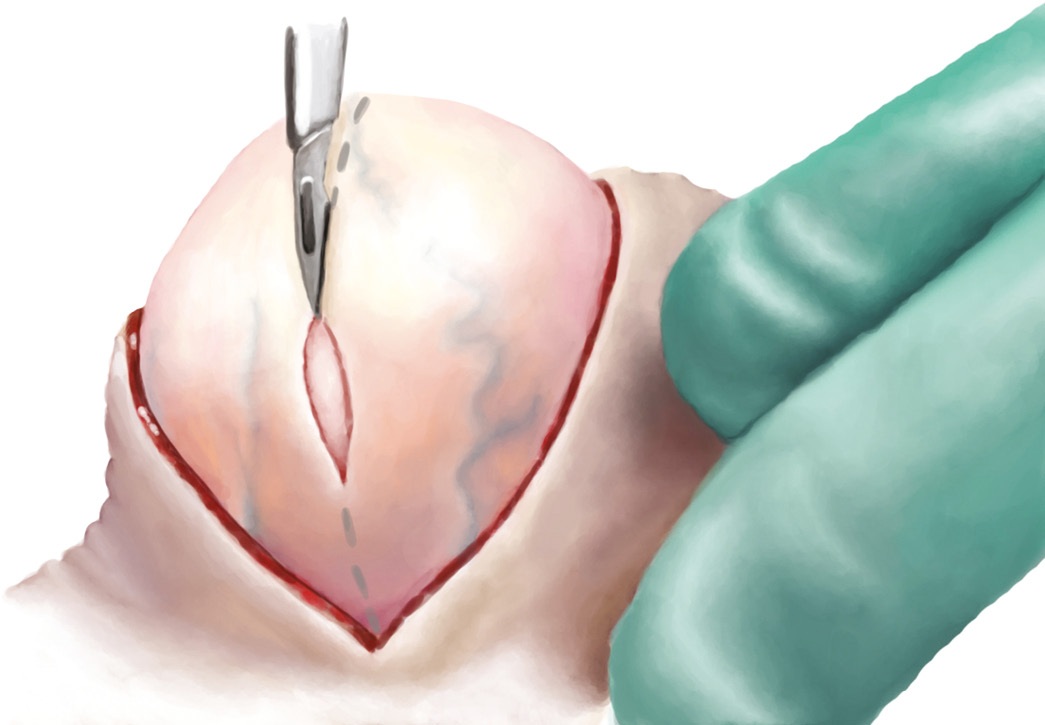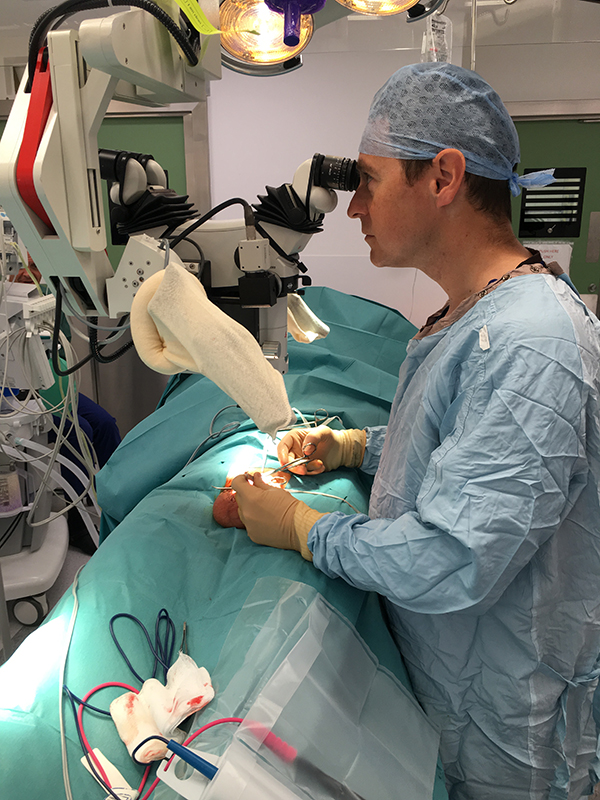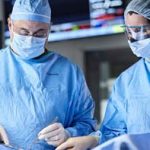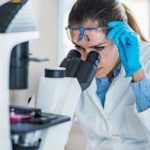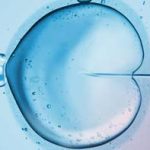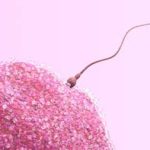Microdissection TESE (Testicular Sperm Extraction)
MicroTESE is a procedure performed for men who have a sperm production problem and are azoospermic. MicroTESE is performed in the operating room with general anesthesia under the operating microscope. MicroTESE is carefully coordinated with the female partner’s egg retrieval, and is performed the day before egg retrieval. This allows for each partner to be there for the other’s procedure. Patients frequently have donor sperm backup in case sperm are not found in the male partner. MicroTESE has significantly improved sperm retrieval rates in azoospermic men, and is a safer procedure since less testicular tissue is removed. Patients cryopreserve sperm during this procedure for future IVF/ICSI.
What happens immediately after the procedure?
You may experience discomfort for a few days after the procedure but painkillers will be given to you to take home. If stitches are used they will be absorbable and do not require removal.
The procedure is done as a day case. You will be allowed home after you have passed urine. Your ice pack should be removed from your scrotal support before you leave. The dressings should stay in place for 24 hours after the procedure, and after this can be carefully removed.
What happens during the procedure?
You will be admitted on the same day as your surgery. You may receive an appointment for pre-assessment before your admission, to assess your general fitness, to screen for the carriage of MRSA and to perform some baseline investigations.
You will be asked not to eat or drink for 6 hours before surgery and immediately before the operation.
A full general anaesthetic (where you will be asleep throughout the procedure) will usually be used.
The operation is usually performed through a small midline incision in the scrotum through which one or both testicles can be seen. Under the microscope (which provides up to 20x magnification) the testicles are then examined to look for areas where the seminiferous tubules are dilated and thus more likely to contain sperm. These small areas of testicular tissue are removed and sent to the embryology laboratory, where they are examined for the presence of sperm. Different areas of the testicle are examined until sperm are found, or until all sites of the testicle have been examined and biopsied, without any sperm being seen.
Are there any side effects?
- A small amount of scrotal bruising
- No guarantee that sperm will be obtained
- No guarantee that pregnancy will be achieved
- Testicular atrophy or shrinkage
- Reduced testosterone levels due to removal of testosterone producing tissue
- Testicular pain
- Infection and / or bleeding in the scrotum or epididymis requiring surgical evacuation
- In the unlikely event that you have problems passing urine after the procedure you may need to have a catheter inserted into your bladder temporarily.
- For most men with testes which are not functioning properly, the chance of finding sperm with this technique is about 50%
What happens immediately after the procedure?
You may experience discomfort for a few days after the procedure but painkillers will be given to you to take home. If stitches are used they will be absorbable and do not require removal.
The procedure is done as a day case. You will be allowed home after you have passed urine. Your ice pack should be removed from your scrotal support before you leave. The dressings should stay in place for 24 hours after the procedure, and after this can be carefully removed.
What should I expect when I get home?
You are advised to rest for the first 48 to 72 hours at home, and to wear the scrotal support which you will be given as directed by your doctor. This will usually be for 2 weeks. For some patients it may take longer.
You may shower the day after your procedure, but not directly onto the wound. Two days after the procedure you can shower normally.
Over the first few days, the scrotum and groin may feel uncomfortable and bruised. The skin sutures do not need to be removed and will usually drop out after a couple of weeks, but occasionally they may take slightly longer to disappear. Do not try and remove them yourself.
You are advised to take 10 to 14 days off work after the operation and to avoid sexual intercourse until you feel completely comfortable.
If you require any further information then please get in touch with us on the number below.
What else do I need to know?
All men will benefit from following basic lifestyle advice, which includes:
- Stopping smoking
- Participating in regular moderate exercise
- Considering taking steps to lose weight if your BMI exceeds 25
- Avoiding saunas, steam rooms, hot tubs and bathing in hot water
- Avoiding wearing tight clothing and underwear which compressed the testicles against the body
- Eating healthily: plenty of fruit, vegetables, nuts, beans and pulses.
Men may also take a make fertility supplement. The supplement we recommend is the Vitabiotics ‘Wellman Conception’ range. These can be purchased over the counter from any pharmacy. Ideally you should take these for three months prior to any operation to try and retrieve sperm.
You should avoid travelling for three months to any Zika infected area prior to your sperm retrieval.
Patients should note that while the procedure aims to obtain sperm which can then be used in assisted conception with the ICSI procedure, sometimes insufficient healthy sperm may be retrieved. It is therefore possible that, on the day of your partner’s egg collection, the laboratory team may need to use one of a range of techniques to either try to ‘wake the sperm up’ or to identify immotile sperm which are alive for selection for the ICSI procedure. In such cases it is likely that the number of eggs which fertilise will be lower. If our laboratory team are unable to identify any sperm suitable for use in ICSI on the day of treatment we will recommend the freezing of your partners’ eggs and a review appointment with a member of the clinical team to review and discuss your options. Each of these other processes may have their own consent processes which will be discussed with you in advance of your procedure.

